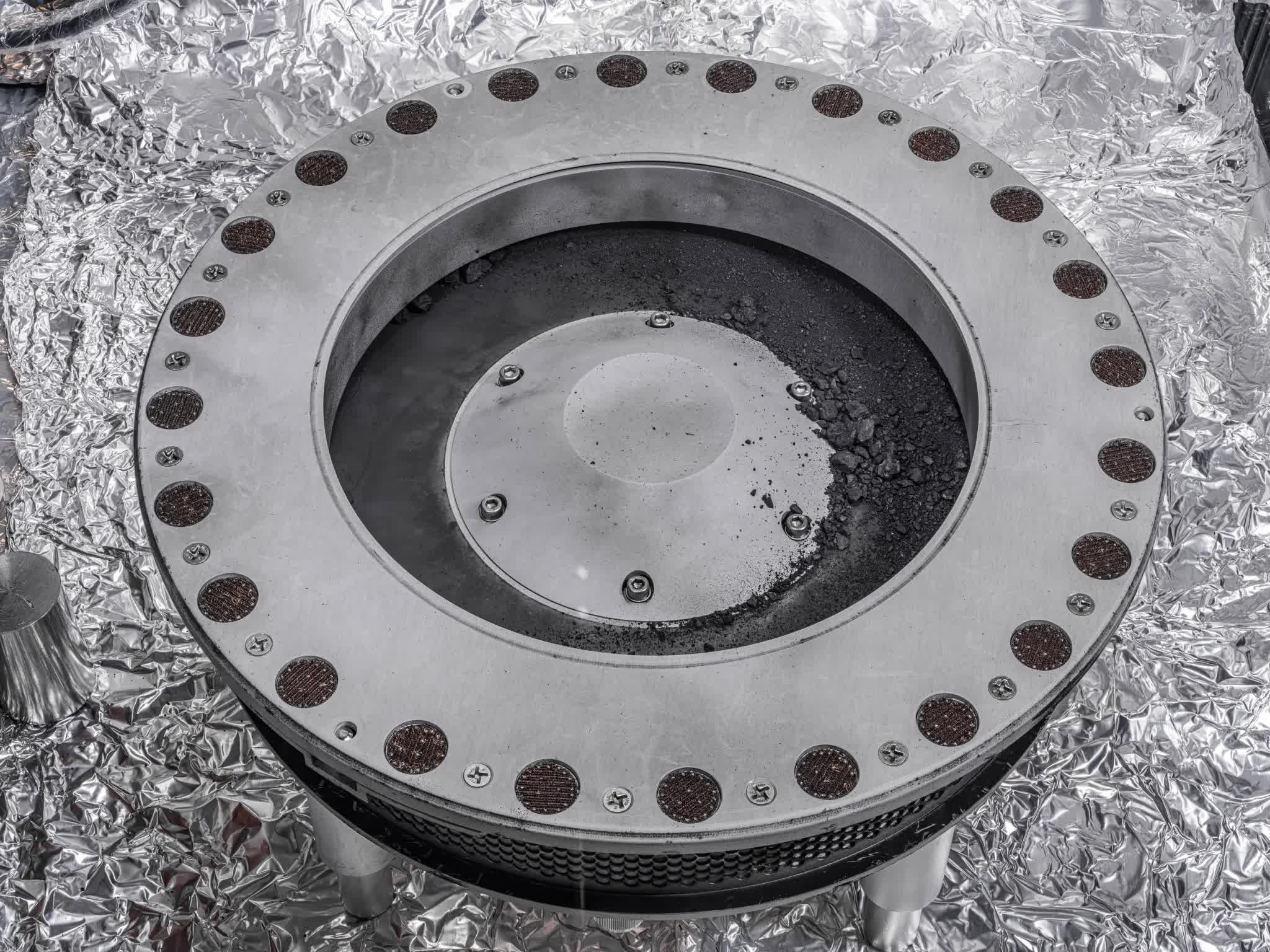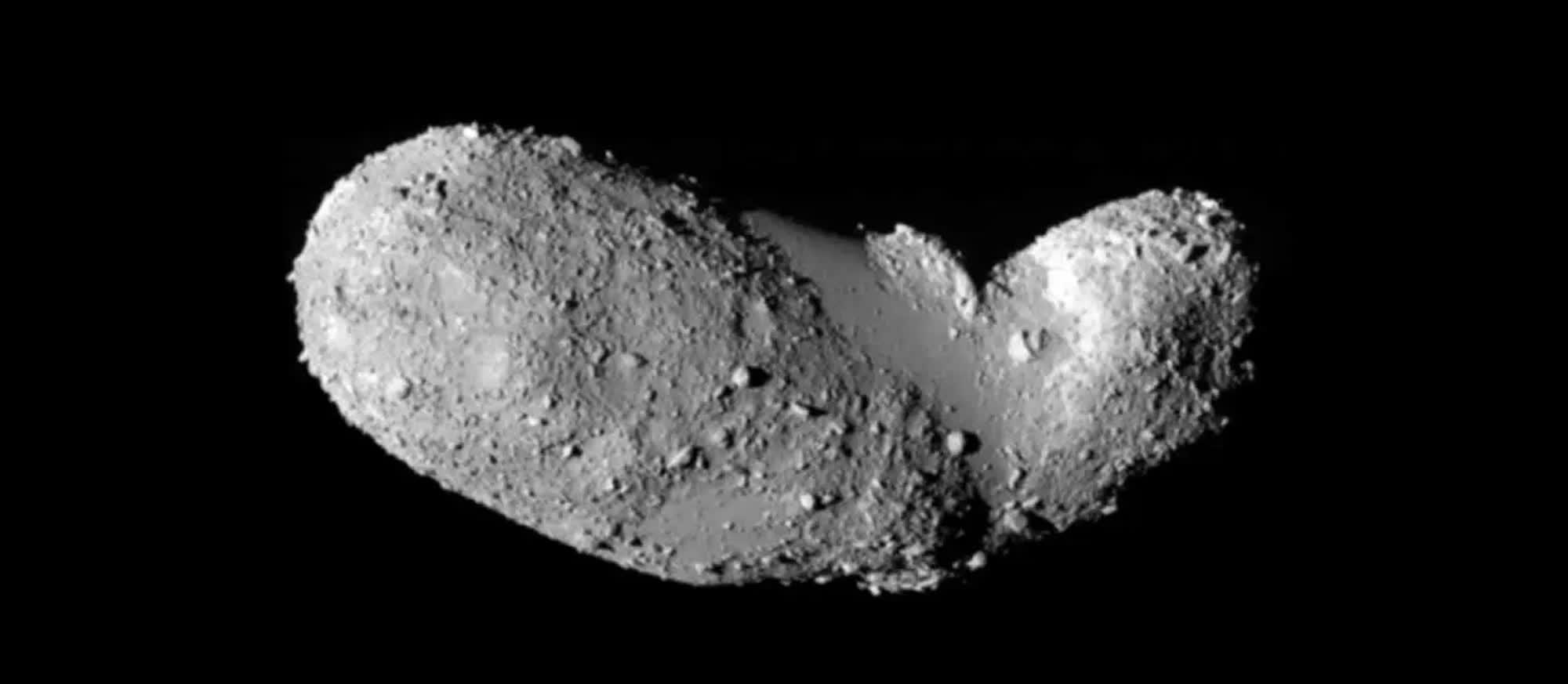Bon appétit: Deep space exploration will not be possible without access to food sources. Bringing astronauts new ration supplies from Earth will likely be impossible. However, researchers think they have solved this fundamental survival issue. Asteroids.
A team of scientists from Western University's Institute for Earth and Space Exploration have proposed mining asteroids to convert the raw, rocky materials into edible biomass for astronauts. Their study speculates that the hydrocarbons (organic compounds consisting entirely of hydrogen and carbon) making up asteroids could hold an essential element for producing edible material to sustain astronauts in deep space or on Mars.
The novel approach is a mathematical hypothesis that explores the idea of potentially producing viable food yield from asteroids. The process required to turn hydrocarbons into edible "stuff" is known as pyrolysis, the thermal decomposition of raw materials at high temperatures without oxygen.
After being toasted by pyrolysis, asteroid samples are fed to specifically engineered microbes (bacteria) capable of producing organic biomass. Astronauts could then consume the byproduct, acquiring all the nutrients they need. The process could solve the logistical problems of feeding space explorers since solutions like resupply missions from Earth are costly and time-consuming.

The researchers claim that an asteroid like Bennu could provide enough biomass, and thus enough calories, to support between 600 and 17,000 "astronaut life years."
"The asteroid mass needed to support one astronaut for one year is between 160,000 metric tons and 5,000 metric tons," the study concludes. "Based on these results, this approach of using carbon in asteroids to provide a distributed food source for humans appears promising, but there are substantial areas of future work."
The pyrolysis approach of using carbon deposits in asteroids to provide astronauts with a distributed food source is promising, but there's still room for "substantial" research. Pyrolysis is currently employed in several Earthbound processes within the chemical industry, producing ethylene, many types of carbon, and other chemicals derived from petroleum, coal, and wood.
The idea of using asteroids for food stems from a transformation project funded by DARPA known as ReSource. The Pentagon research agency wants to know if troops can turn plastic MRE (meals ready to eat) containers into more food. One of ReSource's research teams suggests using pyrolysis to break down the waste products. What's a little more plastic added to plastics we already consume?
